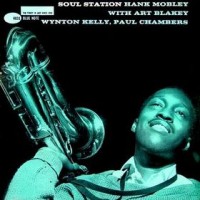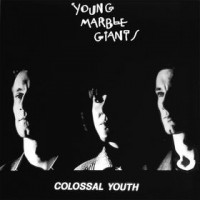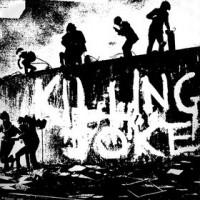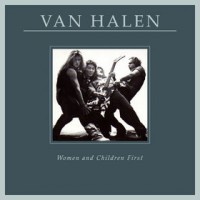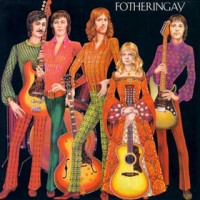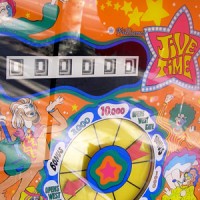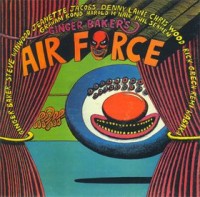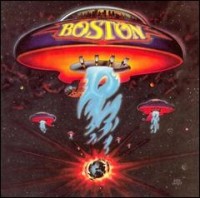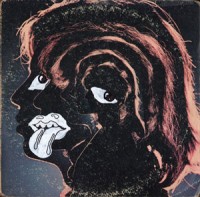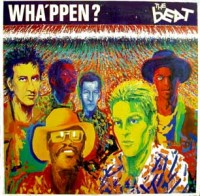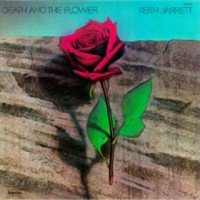
In the early 70s, Keith Jarrett formed two groups. One recorded for the German label, ECM, the other (as on this LP) for the traditional American Jazz label, Impulse. The Impulse team consisted of Paul Motian on drums, Dewey Redman on reeds, Charlie Haden on bass, Guilherme Franco on percussion and Jarrett on the grand piano. I prefer this group to the ECM band. In both bands, Jarrett never touched an electric keyboard. Everybody was into some kind of spiritual calling at that time; Jarrett is no exception as the album title and his “poem” on the cover show. Death And The Flower is an example of how Keith Jarrett helped shape the way Jazz was to sound in the future. A new “World Music” feel and the chamber music like intimacy make this an innovative LP. The music still sounds fresh and relevant. The first side of this album, recorded in ’74, is filled with the title track. It spends the first minutes to create an African atmosphere with percussion and flute. Then the double bass contributes a riff and eventually, the piano starts and after a searching phase, the beat carries the song to harmonic sequence of minor chords. As the song flows, each musician takes a chance to show his skills. Then, the song slows down just to pick up a new speed, and Keith provides an irresistible riff on the piano moving the band to a dense groove.
Prayer is a slow and quiet meditation showing how subtly this group plays. It’s amazing to hear how well each musician listens to what is going on. Jarrett’s improvisation demonstrates a strong influence of the classical tradition, notably Debussy, and at one point, he creates a minimalist pattern á la “Steve Reich”. The last song, Great Bird, recalls the Coltrane sound of his last years. Based on the theme (a falling sequence), there’s free collective improvisation. The band corresponds in dreamlike confidence. Death And The Flower, in a word, is recommendable, not just to Jarrett fans. –Yofriend
